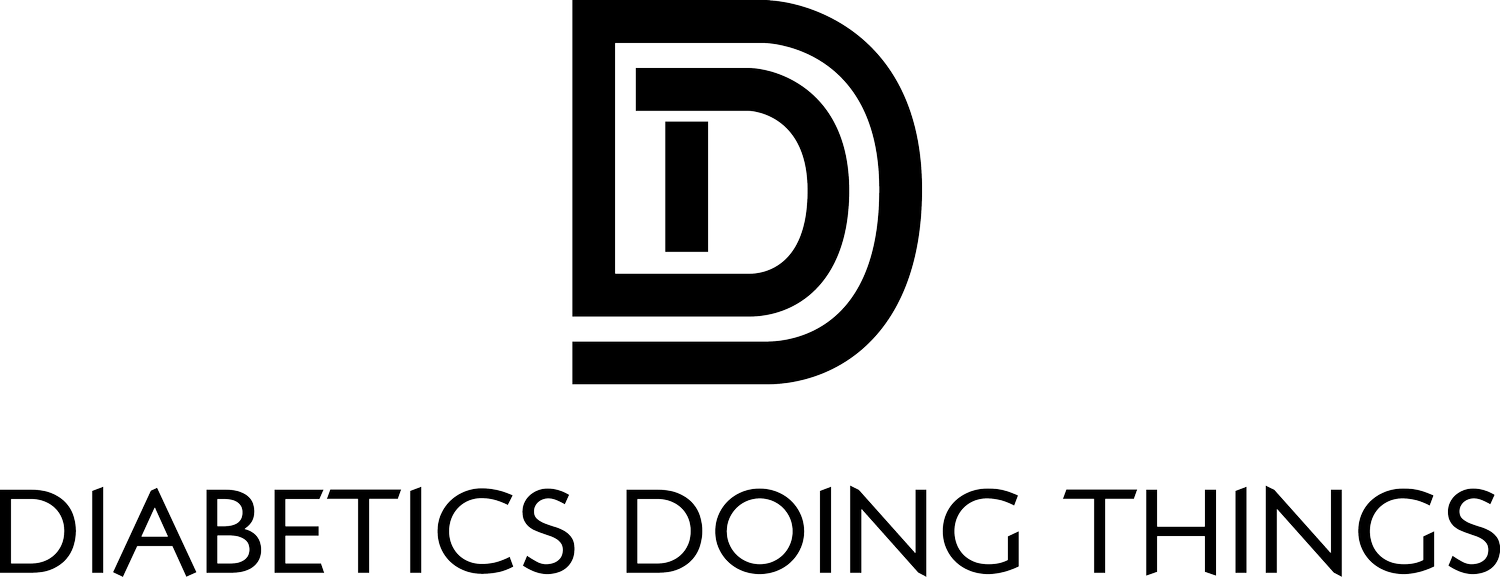“How do you do it?” That’s probably the number one most-asked question I get when I tell other diabetics I work in live television news. The biggest hurdle, as you may be able to guess: low blood sugar. But first...let’s go back to the beginning. I was diagnosed with type 1 diabetes within my first few months of college. I was in Florida, my family... in New England. It was obviously a lot to process, especially since I was already going through something so new and challenging. Fast-forward a few years….and my a1c dropped to 7% and I was happy on a pump and cgm. I accepted my job in TV news knowing damn well the huge hurdles I’d have to jump through to make my product seem the same as all the other meteorologists with working pancreases. But I was determined. If there’s something you want, you’ll find a way to get it done. Without a pump and cgm, live tv news would be much more challenging. That’s because avoiding low blood sugar is number one on my priority list while doing weather during a live newscast. I have a few tricks up my sleeve -- first, I set my low blood sugar alert relatively high -- near 80 mg/dL. On top of that, I have the alert before low feature enabled on my pump. I’m also on auto mode with the medtronic 770g, so if I’m dropping it’ll stop my insulin delivery much quicker than if I was doing it all myself. With a higher low alert, and alert before low, I have plenty of wiggle room until I really start feeling and getting low. I keep a drawer full (literally) of fruit gummies within reach...ready to go at a moment’s notice. But as you very well know, even with a higher low alert and alert before low… low blood sugar still happens. I won’t lie, I’ve gone on the air with a blood sugar of 50. It didn’t feel great, and I probably didn’t even need to do it. It’s not too difficult to get my weather segments pushed off a few minutes if needed. But even 3 years in, I have yet to go low enough for that to be necessary. That’s without a doubt all due to auto mode on my pump. It really has significantly reduced not only the frequency of lows, but also the severity. So I just put on a smile and work through my low of 50, and usually the fruit gummies have kicked in before my next weather segment.
What a lot of people don’t know about my broadcast meteorology job is that we ad lib. That means we are completely unscripted. Everything we say is off the top of our heads. And you can imagine how, with diabetes, that can be tricky. Ad libbing weather, while in the back of my mind I’m simultaneously thinking about why my pump is vibrating, or is the reason I feel ill because of my blood sugar or just lack of sleep. It’s a lot to take on. Some days are harder than others. I wake up at 1:30 a.m., to get ready for the 4:30 a.m. newscast. I’ve had my nights where I endured 15+ notifications that woke me up every 20-30 minutes, and then had to go on air looking like I slept 12 hours and sang with forest animals on my way to work like some sort of Disney princess.
But it’s what I love.
TV weather is my passion, and no matter what diabetes throws at me, that’ll never change. Me telling you how challenging diabetes and a demanding career isn’t meant to discourage you. In fact, I want it to do the exact opposite. If I can do sleepless nights, low blood sugar, high blood sugar, the doctor’s appointments, the blood work, the endless insurance phone calls and the general mental strain diabetes can cause….then you can too. No matter how impossible it may seem to you now.
I am so thankful for the modern technology we have access to today, that allows us to live (a little bit more) normal lives. That technology allows me, and Nick Jonas, to do live television broadcasts. Which, 9 years ago, is something I thought I was never going to be able to accomplish with diabetes. But if you go after your dream, if you go after that career, you will eventually get a schedule down, and find what works for you. Truly, you can do anything.


